homemade dog food australia

Homemade Dog Food Australia: A Complete Guide
Homemade dog food is a great way to provide your pet with a healthy and nutritious diet. It's also a more affordable option than commercial dog food, and you can control the ingredients that go into your dog's meals.
If you're thinking about making your own dog food, there are a few things you need to know. First, you need to make sure that the food you're providing is nutritionally balanced. This means that it contains the right amount of protein, fat, carbohydrates, vitamins, and minerals.

Second, you need to make sure that the food is safe for your dog to eat. This means that it's free of harmful bacteria and toxins.
Third, you need to make sure that the food is palatable for your dog. This means that it's something that your dog will actually eat.
If you can meet these three requirements, then homemade dog food can be a great option for your pet.

How to Make Homemade Dog Food
The first step to making homemade dog food is to determine your dog's nutritional needs. This will help you to create a diet that is balanced and meets your dog's individual requirements.
The following table provides a general guideline for the nutritional requirements of adult dogs:

| Nutrient | Daily requirement | |---|---| | Protein | 1-3 grams per pound of body weight | | Fat | 1-2 grams per pound of body weight | | Carbohydrates | 3-4 grams per pound of body weight | | Vitamins | A, B1, B2, B3, B5, B6, B12, C, D, E, K | | Minerals | Calcium, phosphorus, potassium, sodium, chloride, iron, zinc, copper, manganese, iodine, selenium |
Once you know your dog's nutritional needs, you can start to create your own recipes. There are a number of resources available to help you with this, including cookbooks, websites, and online forums.
When creating your own recipes, it's important to use fresh, wholesome ingredients. Avoid using processed foods or foods that contain artificial ingredients.
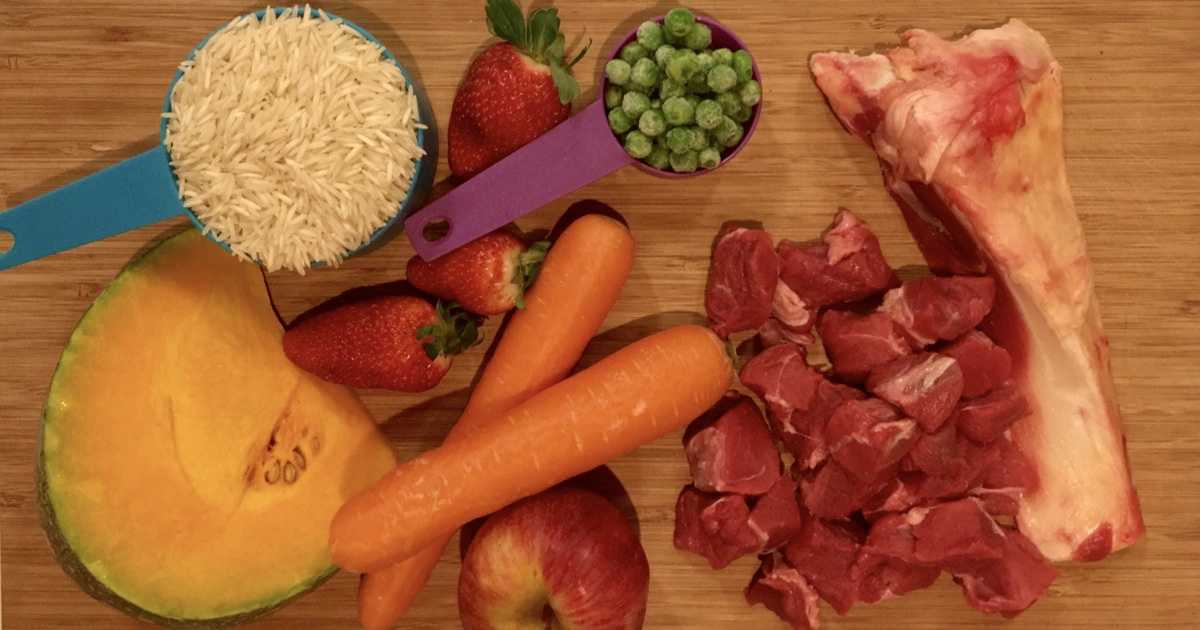
You should also make sure that your food is cooked thoroughly. This will help to kill any harmful bacteria that may be present.
Tips for Making Homemade Dog Food
Here are a few tips to help you make homemade dog food:
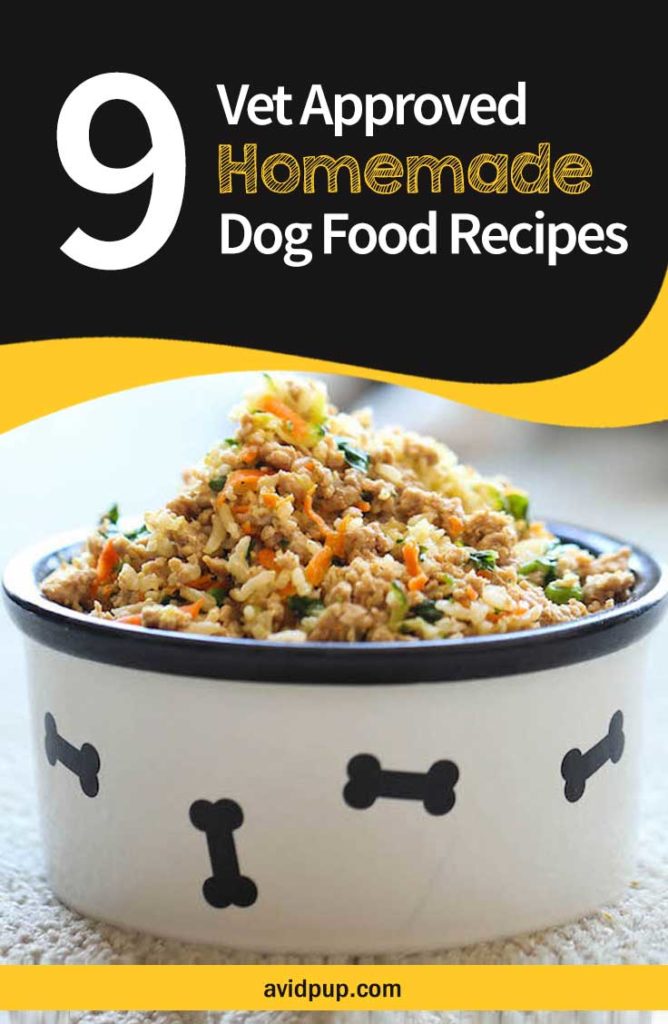

- Start with a simple recipe and then add more ingredients as you become more comfortable with cooking for your dog.
- Use a variety of ingredients to create a diet that is both nutritious and palatable.
- Cook your food thoroughly to kill any harmful bacteria.
- Store your food in airtight containers in the refrigerator or freezer.
- Make sure to rotate your stock of food so that your dog doesn't get bored.
Benefits of Homemade Dog Food

There are a number of benefits to feeding your dog homemade food. These include:


- Increased nutritional value: Homemade dog food is typically more nutritious than commercial dog food. This is because you can control the ingredients that go into your dog's meals.
- Reduced cost: Homemade dog food is often more affordable than commercial dog food. This is because you can buy ingredients in bulk and make large batches of food.
- Increased control: When you make your own dog food, you have more control over the ingredients that go into your dog's meals. This means that you can avoid ingredients that your dog may be allergic to or sensitive to.
- Improved palatability: Homemade dog food is often more palatable than commercial dog food. This is because you can use fresh, wholesome ingredients that your dog will enjoy eating.
Risks of Homemade Dog Food

There are a few risks associated with feeding your dog homemade food. These include:

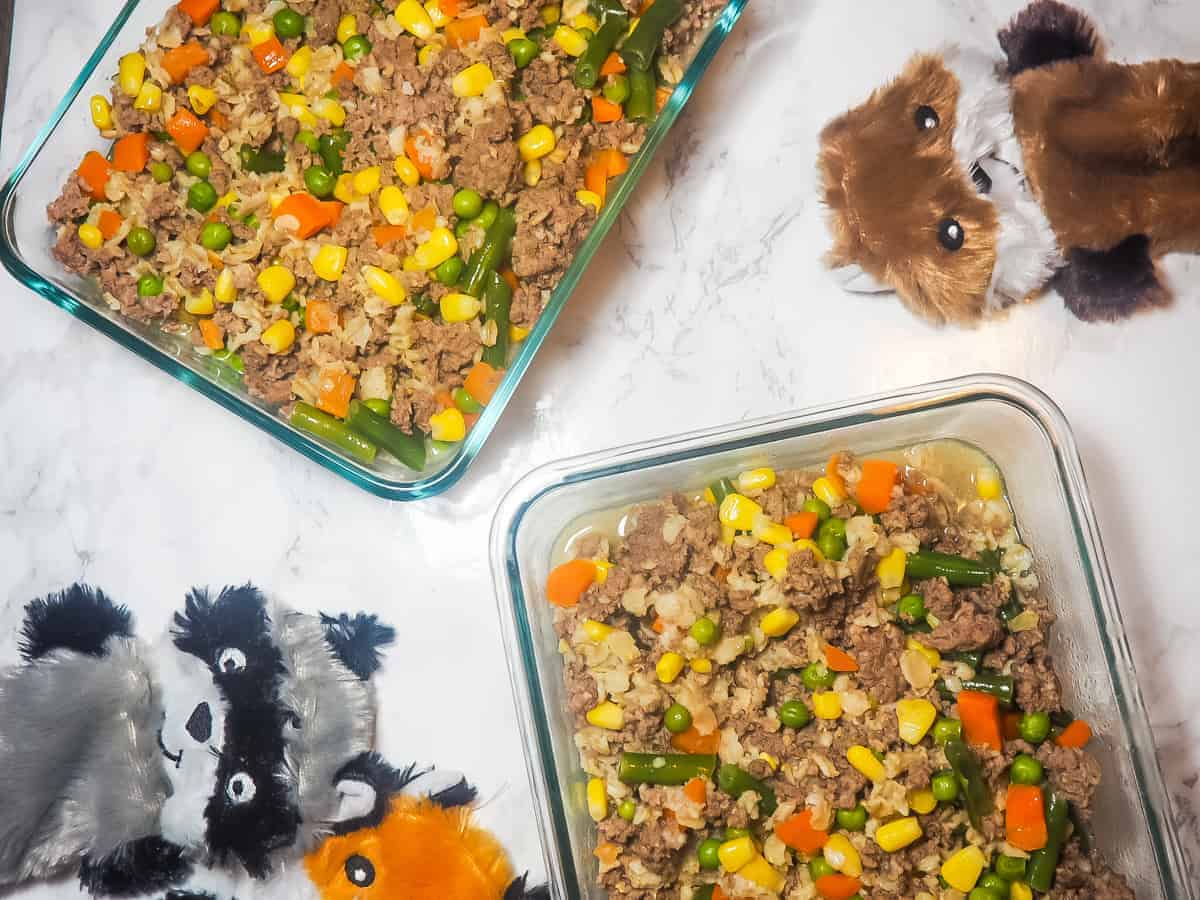
- Nutritional imbalances: If you're not careful, you can create a diet that is unbalanced or deficient in certain nutrients. This can lead to health problems for your dog.
- Foodborne illness: If you don't cook your food thoroughly, you can contaminate it with harmful bacteria. This can make your dog sick.
- Allergies or sensitivities: Your dog may be allergic or sensitive to certain ingredients in homemade dog food. This can cause health problems for your dog.
It's important to weigh the risks and benefits of homemade dog food before making a decision about whether or not to feed it to your pet. If you do decide to make your own dog food, be sure to do your research and take precautions to avoid any potential risks.
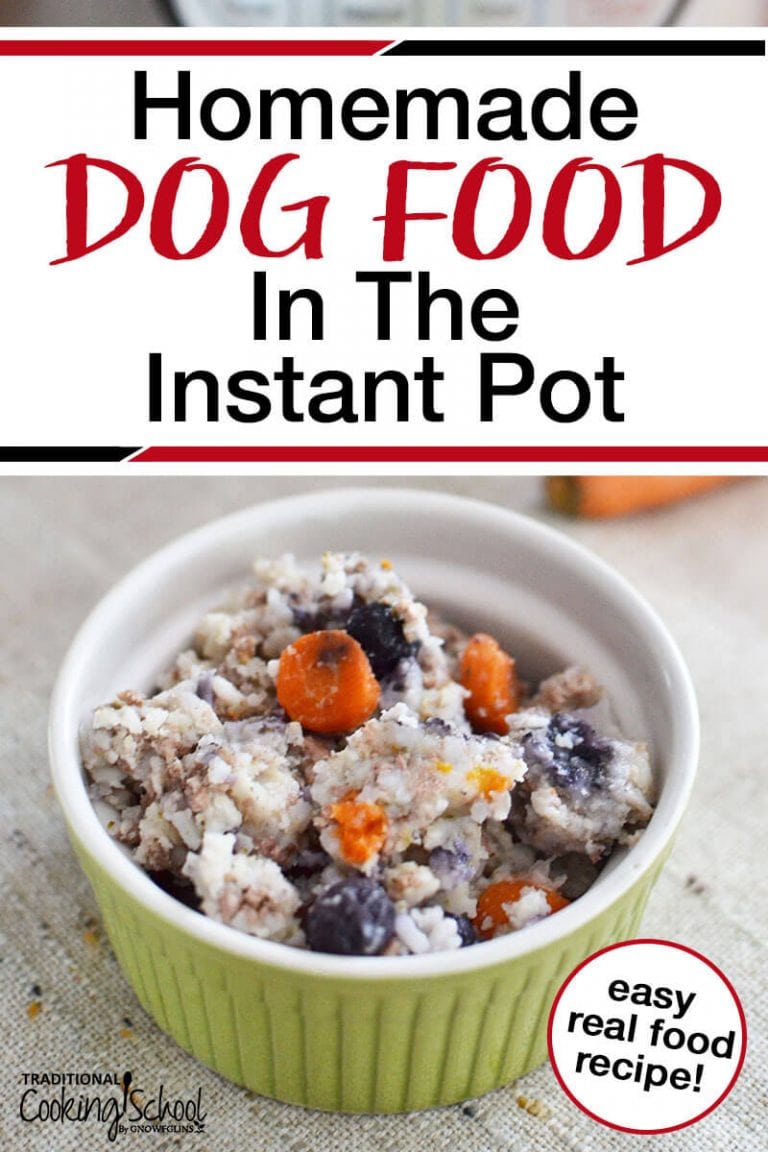
Conclusion
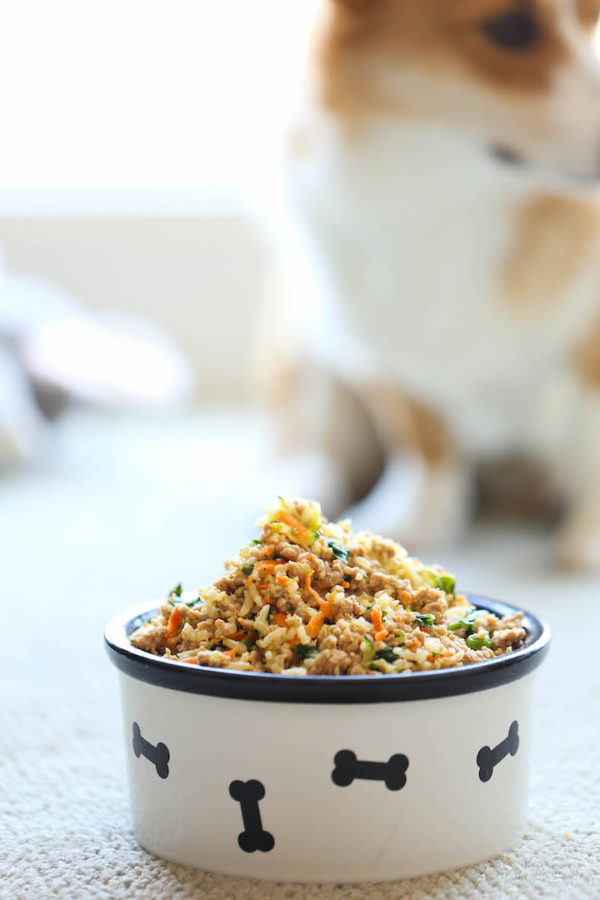
Homemade dog food can be a great way to provide your pet with a healthy and nutritious diet. However, it's




Homemade Dog Food Australia
Making your own dog food can be a great way to provide your pet with a healthy and nutritious diet. However, it's important to make sure that you're following the correct recipes and using the right ingredients. Here are a few tips for making homemade dog food in Australia:

- Start with a good recipe. There are many different recipes available for homemade dog food, so it's important to find one that is appropriate for your dog's age, size, and activity level. You can find a variety of recipes online or in cookbooks.
- Use fresh, high-quality ingredients. The best ingredients for homemade dog food are fresh, wholesome foods that you would eat yourself. Avoid using processed or canned foods, as these can contain high levels of sodium and other additives that are not good for dogs.
- Cook your food properly. All of the ingredients in your homemade dog food should be cooked thoroughly to kill any bacteria. This is especially important for meat, which should be cooked until it is no longer pink.
- Store your food properly. Once you've made your homemade dog food, it's important to store it properly to keep it fresh. Store the food in airtight containers in the refrigerator or freezer.
- Make sure your dog is eating the food. Before you start feeding your dog homemade food, it's important to make sure that he or she is actually eating it. Start by offering your dog a small amount of food and gradually increase the amount over time. If your dog is not eating the food, you may need to adjust the recipe or the way you're preparing it.


Here is a basic recipe for homemade dog food that you can use as a starting point:
Ingredients:

- 1 pound ground beef or chicken
- 1 cup cooked rice
- 1 cup grated carrots
- 1 cup chopped green beans
- 1/2 cup chopped apple
- 1/4 cup plain yogurt
- 1 tablespoon vegetable oil
- 1 teaspoon salt
- 1/2 teaspoon ground black pepper


Instructions:
- In a large pot or Dutch oven, brown the ground beef or chicken over medium heat.
- Add the rice, carrots, green beans, apple, yogurt, oil, salt, and pepper. Stir to combine.
- Bring to a boil, then reduce heat and simmer for 15 minutes, or until the rice is cooked through.
- Let cool completely before serving.

This recipe can be easily adjusted to meet your dog's individual needs. For example, you can add or remove ingredients based on your dog's allergies or preferences. You can also increase or decrease the amount of food you feed your dog based on his or her activity level.


If you're interested in making your own dog food, there are a few resources available to help you get started. The American Kennel Club (AKC) has a helpful guide on making homemade dog food, and the National Dog Groomers Association of America (NDGAA) offers a free recipe book. You can also find a variety of books and cookbooks on the topic of homemade dog food.
Making your own dog food can be a rewarding experience, and it's a great way to ensure that your pet is getting a healthy and nutritious diet. By following these tips, you can make sure that your homemade dog food is safe, wholesome, and delicious.

Additional Resources

